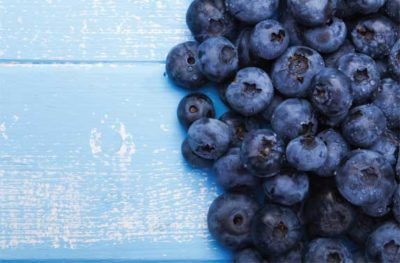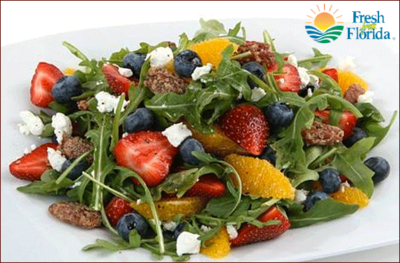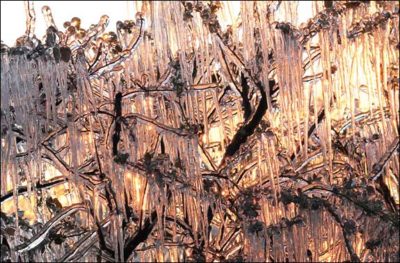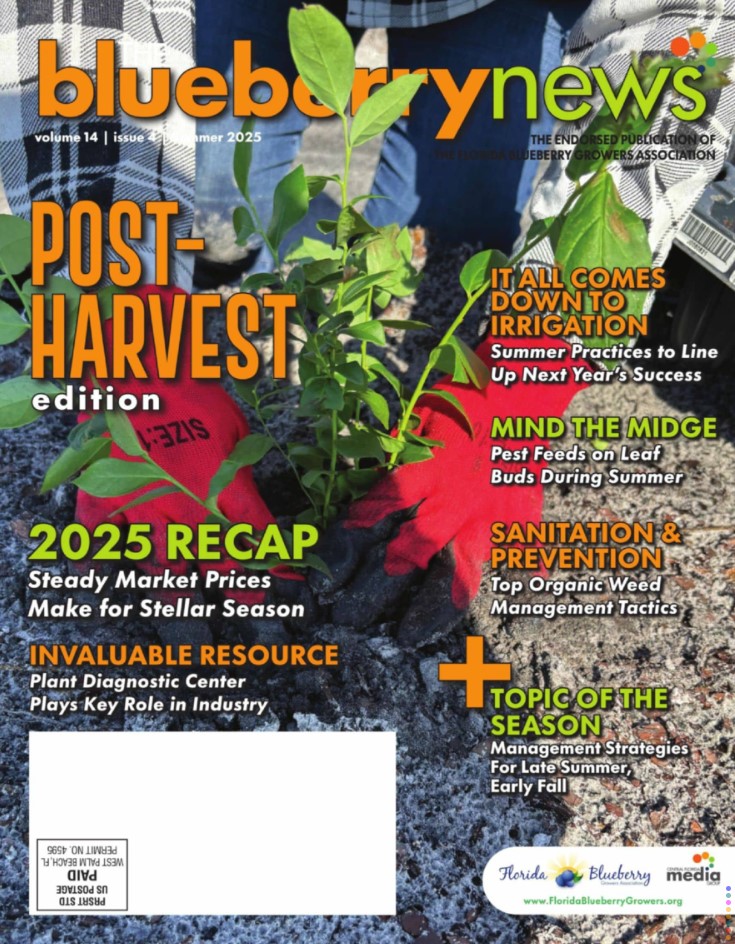Just a reminder to blueberry growers that it is time to monitor for the presence of adult blueberry gall midge on your farms. Adults are typically active beginning in November, with a peak in January and February in central and south-central Florida, and a peak in February and March in north-central Florida. Emergence is typically triggered by cool days followed by warm days. It is thought that adult males emerge approximately two weeks before the emergence of adult females. Monitoring can be done using either a bucket trap placed on the ground below the plant canopy (3-5 per acre) or a clear sticky panel trap hung in the lower part of the plant canopy (1-3 per acre) (see Oscar Liburd gall midge bulletin attached). Spraying with recommended insecticides should begin when two or more adults are found in a trap.
- Home
- About Us
- Hall of Fame
- UF/IFAS Blueberry Extension
- Blueberry Fans
- Grower
- Contact Us


 Q&A with Bill Braswell on Recent Bills Past
Q&A with Bill Braswell on Recent Bills Past





